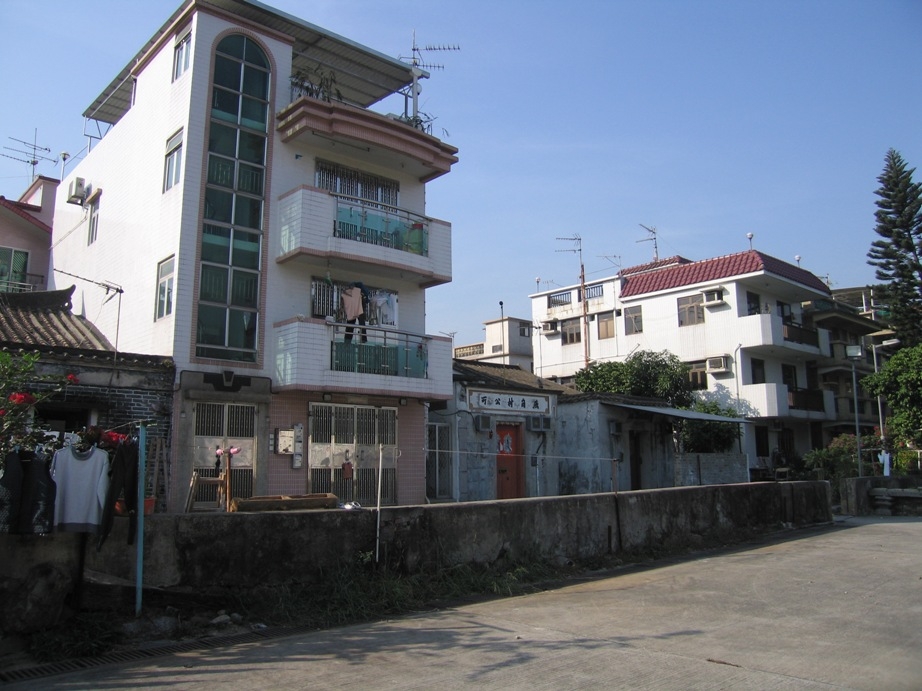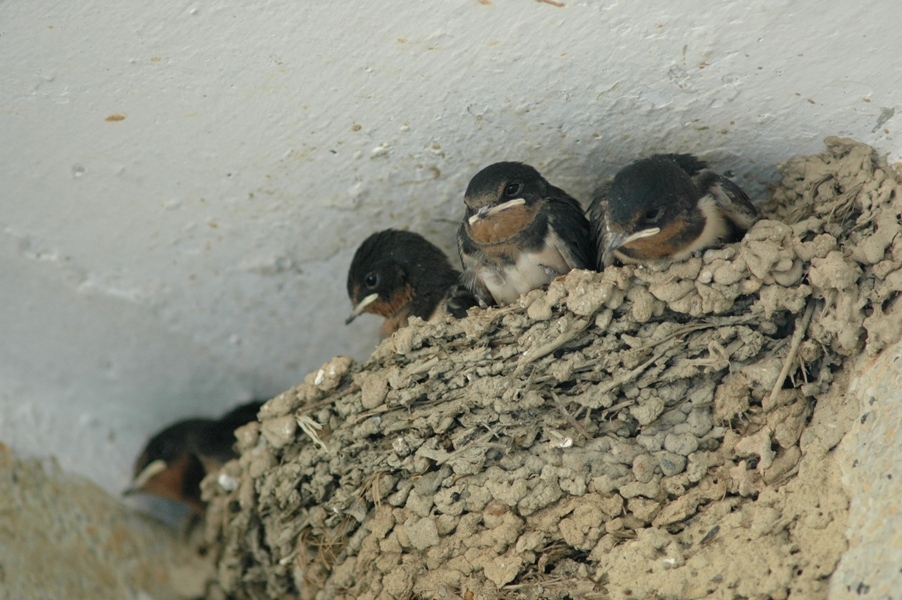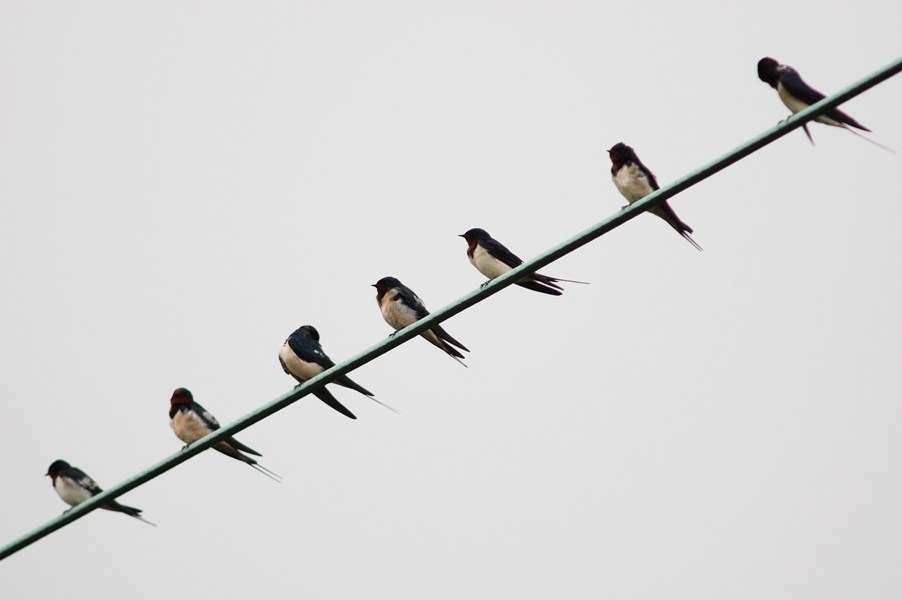Long Valley Wetland
Long Valley wetland, consisting of more than 400 farmlands, is the largest, continuous freshwater wetland in Hong Kong. Wetland habitats there is very diversified including marshes, mitigation wetland, water flea ponds, fish ponds, irrigation channels as well as wet farmlands planting watercress, water spinach, lotus, etc. Abandoned land and dry farmland are also part of the ecosystem.
Watercress and Water Spinach isthe most common crops planted there. Traditional inundating practiceshelp create the current wetland habitat, therefore Long Valley is also regarded as a type of artificial wetland. Indeed, Long Valley is a classic flood plain as it is surrounded by two riversnamed Beas River and Shek Sheung River. In wet season, flooding help input nutrients to the area, favouring the development of agriculture. Riceused to bethe major crop butwas replaced by vegetables after 1970s. The problem of flooding has been improved a lot after channelization of the two rivers. However, maintenance of wetland habitat in Long Valley became more hingedon traditionalwet farmland practice.
Nevertheless, agriculture is now a shrinking industry in Hong Kong. More and more farmlands are abandoned,therefore losingthe wetland function. Wetland habitat in Long Valley is deteriorating too.
Introduction of the habitatdiversityin Long Valley
Wet farmland
Overhalf of the farmlands in Long Valley arewet farmlands. Watercress is the major winter cropwhile water spinach the summer one. Farmlands are particularly attractive to birds when inundated.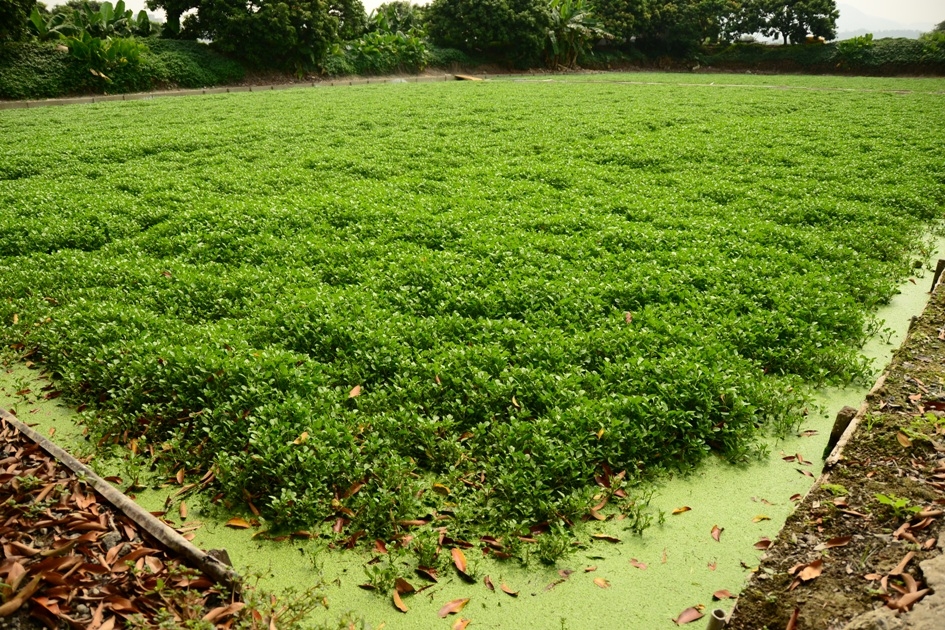
Marshes
Weedy abandoned farmlands are always inundated during the wet season, makingthem desirable habitat for foraging and breeding of birds.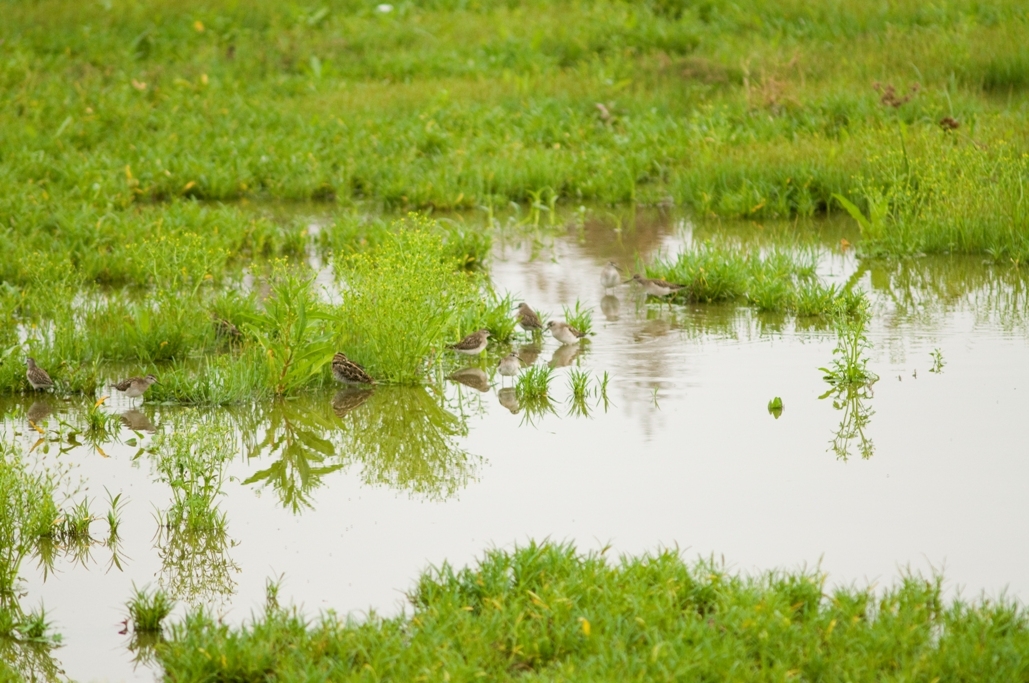
Lotus ponds
Lotus leaves grow with attractive flowers in summer time but wilt in winter. Waders are often found foraging in lotus ponds. Sometime farmersharvest lotus roots.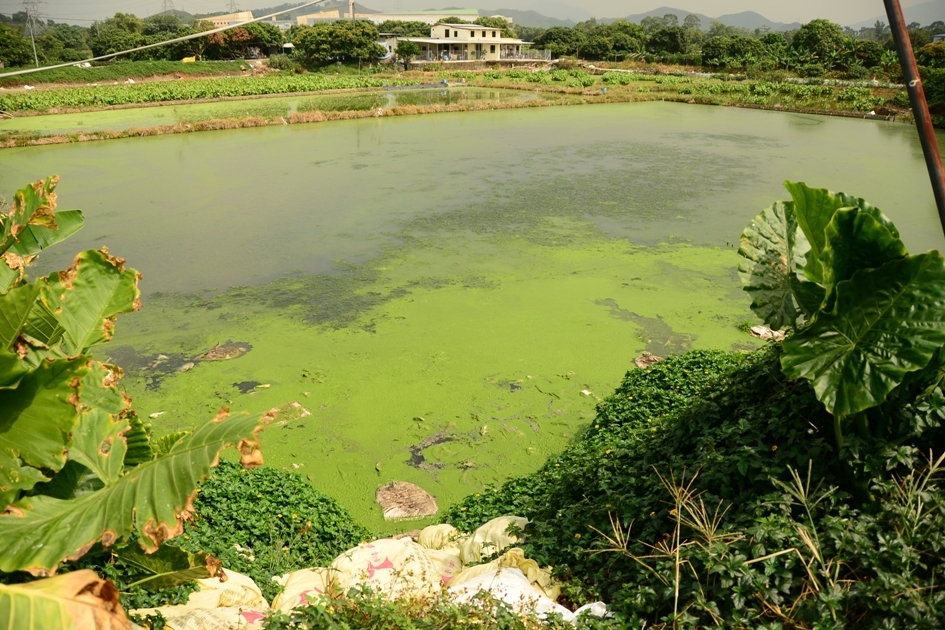
Water Flea Ponds
Water Flea Ponds are very rare now in Hong Kong. Farmers use chicken manure as fertilizesr to cultivate water flea. Water flea is then sold as feeds for aquarium fish. Water Fleas ponds always attract foraging waders.
Fish Ponds
Bullhead, carp, tilapia were common cultivate species, however, most of the ponds do not produce nowadays. Egrets and many wetland birds can also be found around fish pond or resting on fruit tree nearby.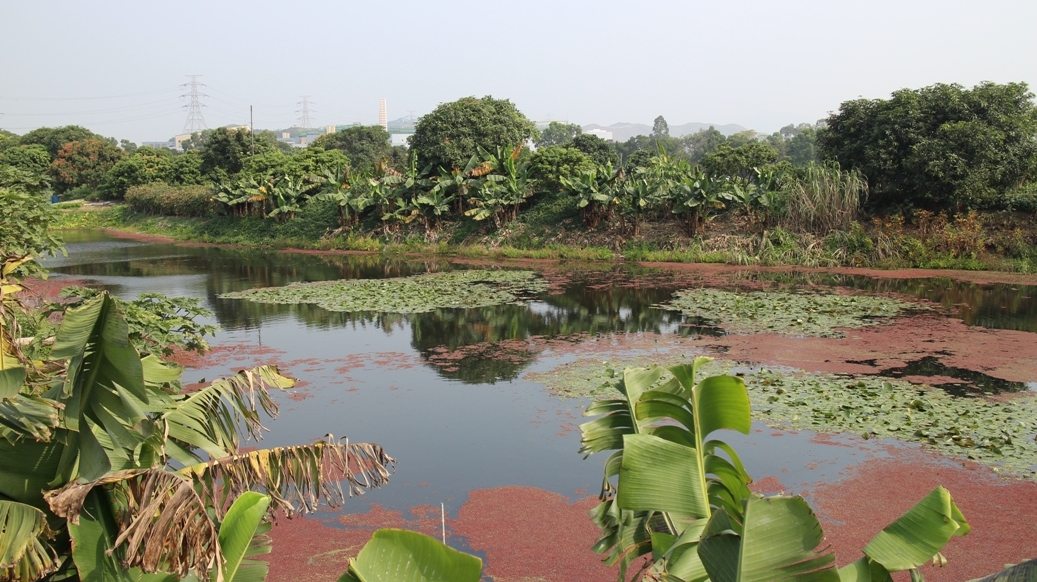
Mitigation Wetlands
A few mitigation wetlands can be found along Beas River since they were created for compensating the lost of wetland during river channelization works undertheEnvironmental Impact Assessment Ordinance. Aquatic plants like lotus, windmill grass were planted to imitate the original wetland environment. However, a long period of time is required for organisms to adapt tothenew environment.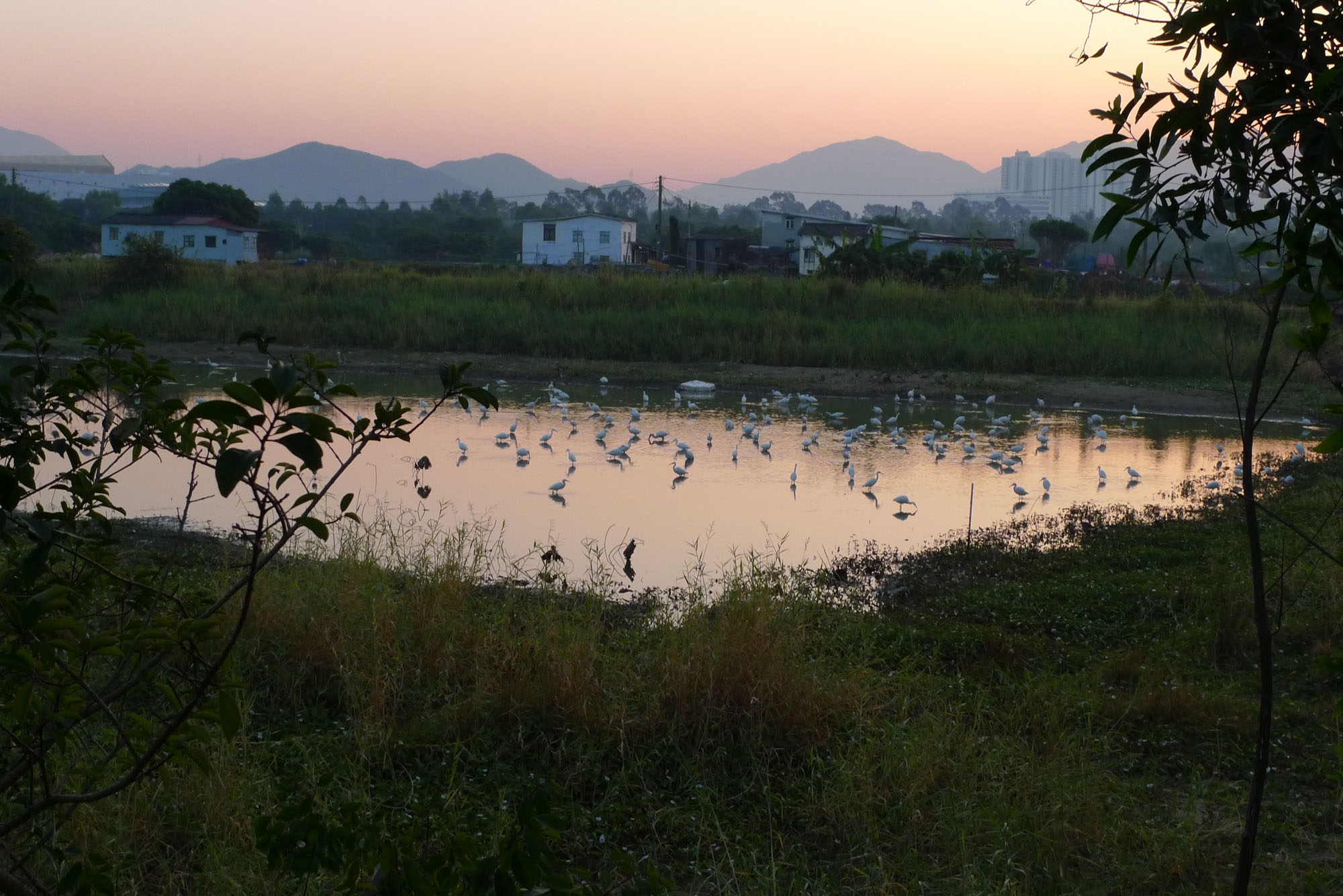
Rivers
Beas River and Shek Sheung River provide adequate water for nearby farmlands. However, original riverbed was destroyed after channelization project. Additionally, pollution further deteriorates theoriginal river system and environment. Only tolerant species like tilapia and catfish can be found here.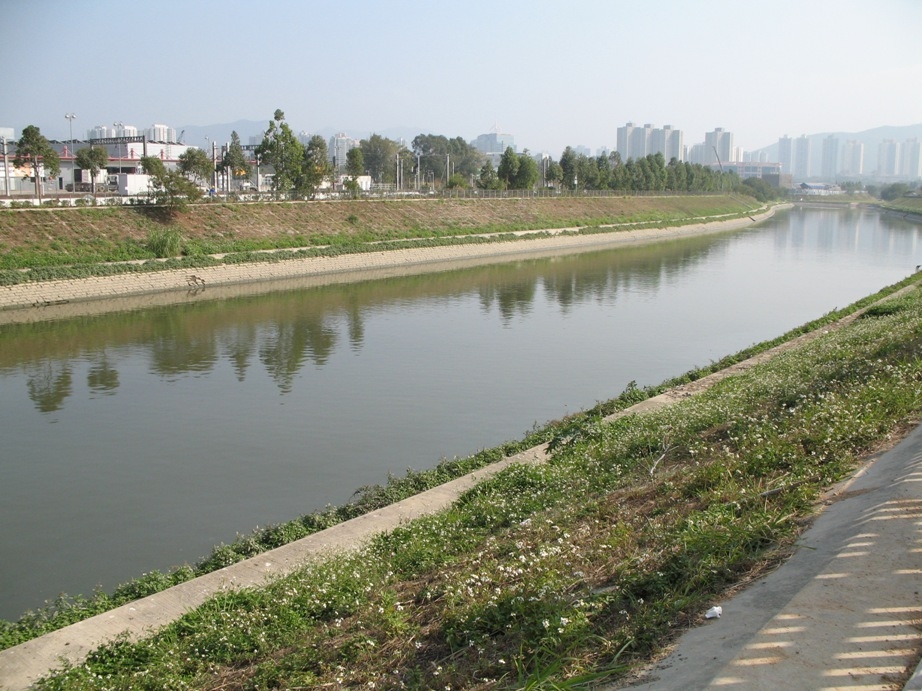
Water channels
Channels form a network in farmland area for drainage. Wild fish, amphibians and reptiles can be found in the water channels system. 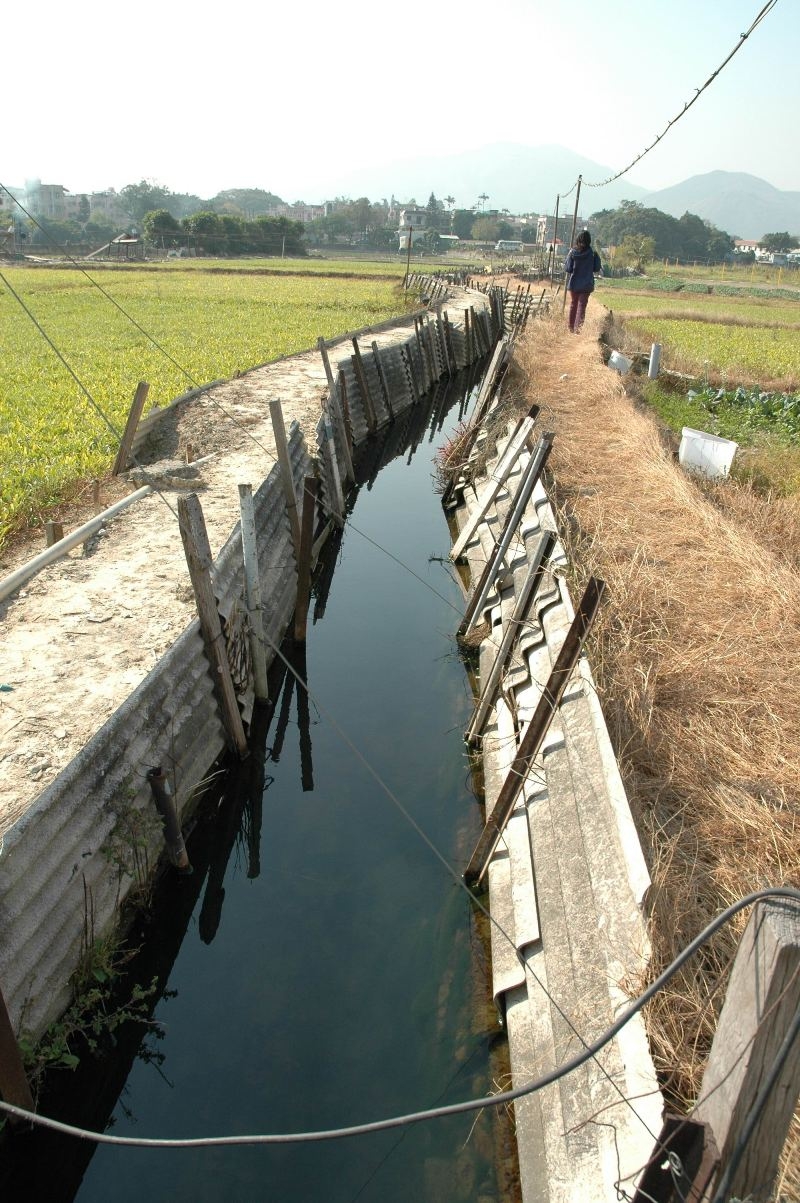
Dry Farmland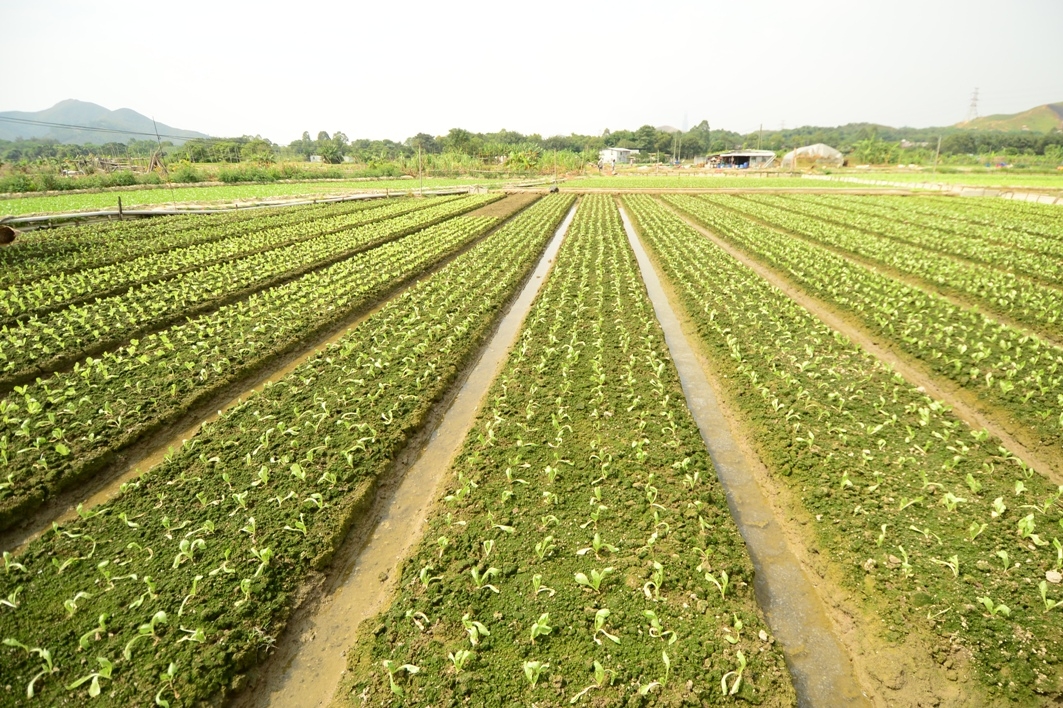
Abandoned Farmland
The farmlandsare usually weedy where small birds love to hide. However, some of the farmlands arecovered by invasive Mikania,reducing their ecological values.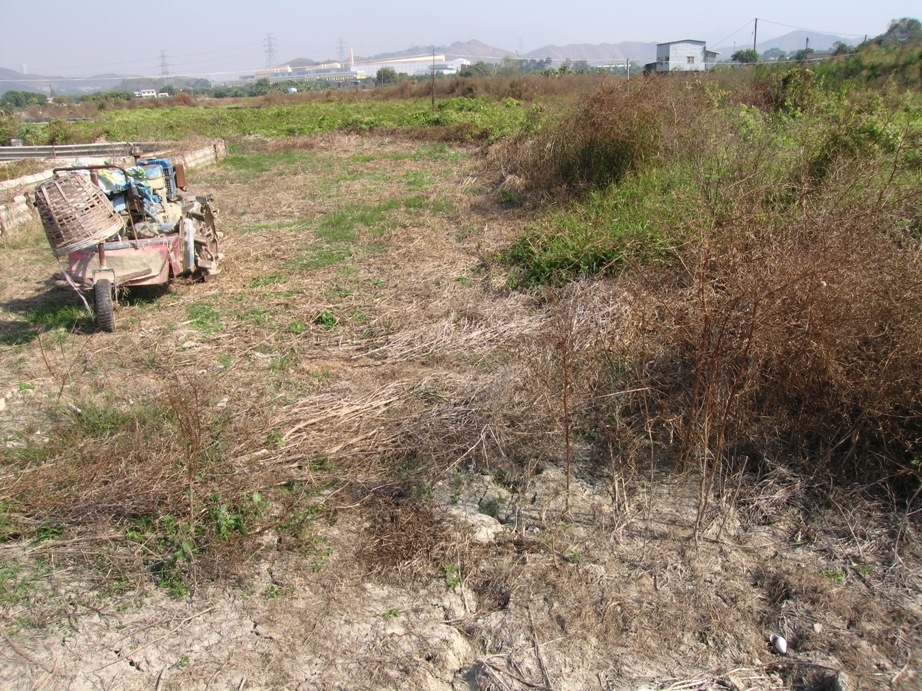
Fung Shui Wood
Havinga forest behind and rivers nearbyis a traditional setting for a traditional village(Fung Shui Wood). Villagersusually took good care of the forest. Fruit trees, Banyans, Camphors and bamboos which has economic value were usually planted. Similar forest can also be found in village at Ho Sheung Heung, Kam Tsin, Tsung Pak Long and Kwu Tung.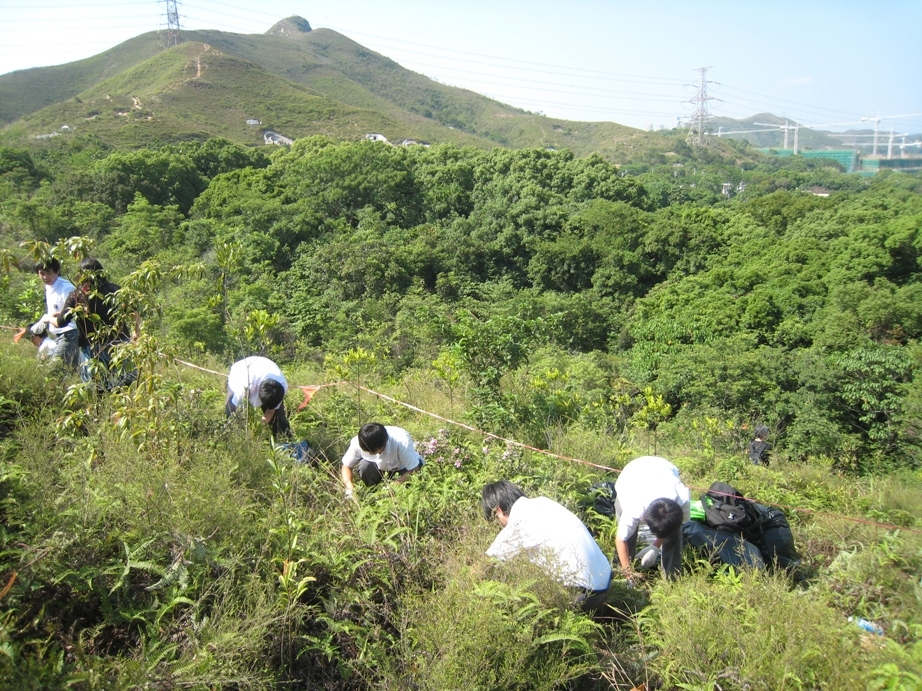
Residential Area
Barn Swallow is asummer visitor, oftennestingunder village eaves. Several rare butterflies were also recorded at Ho Sheung Heung and Tsung Pak Long village. 